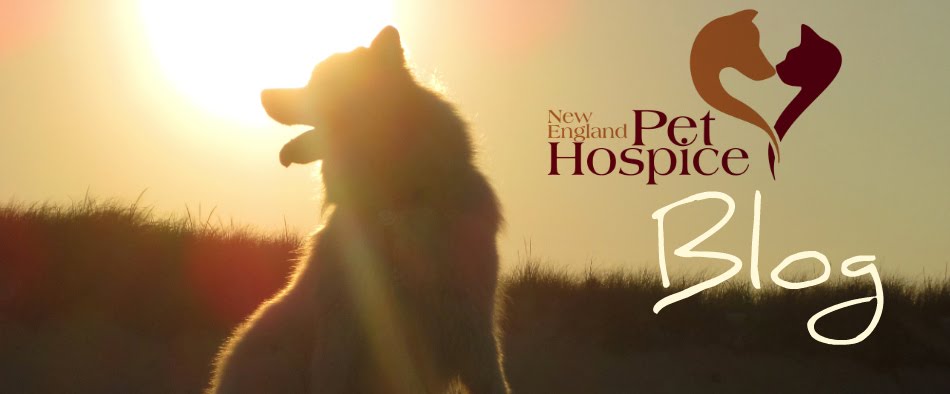A lot of research has been done in the area of grief - what is healthy grief, how can we help people mourn, what tools work for the bereaved. This research has benefited many who have lost loved ones.
Grieving for your pet is no different. The average mourning period for a companion animal is 10 months - only slightly shorter than the one year typically associated with mourning for a person.
Mourning the loss of your pet can be especially difficult because many people expect you to be "over it" the very next day and even the most understanding people may worry about you if you are still upset a week or months later. Rest assured, it is perfectly normal to feel sad and think about your pet often for many months after his or her passing.
So what do we know? There is a great deal we can carry over from the human world and we will be doing that over the course of this blog. To start, here are three big ideas:
While Your Pet is Alive, Make Memories. Grief research shows that preserving positive memories of the deceased can make mourning much easier. While your pet is alive, keep a journal. Write down funny or loving stories about your animal. Take pictures, make drawings, jot notes. Preserve the positive memories. After your pet passes, reviewing those memories and pictures can be a huge source of comfort and a help in processing your loss.
When your Pet Dies, Create a Ritual. Rituals are important for us as humans and as communities. They mark transitions, give us something to do, and provide a release. Together, as a community, we acknowledge the importance of the being who has passed and that the loss impacts the entire community. With human death, in every time every culture has a death ritual from funerals to wakes to preparing the body to sitting Shiva to unveiling the grave and many others. Regardless of your religion or culture, there is a ritual for death. And there is a reason for that: humans need rituals. Because of this, we at NE PH highly recommend that you have some sort of ritual to mark the transition of your companion animal. You might wish to be traditional and model it on a human funeral or you might do something entirely different. Some families have spread ashes in the wind, floated boats with tea lights down a favorite river, planted something in a special park, or written their pet's name on a balloon and let it go. Be creative, be true to your feelings, and make it memorable.
It's OK, and actually important, to cry. We know, you have heard that before, but it is true. Holding it together, hiding your emotions, suppressing the tears, the shock and the anger will not help you. Find someone who understands. Who gets it. Who will listen to you for as long and as often as you want to talk and talk frequently. Write out your feelings. Set aside a grief period periodically. At first, that might be daily and over time it could be every few days or once a week. Give yourself a half hour to an hour to think about your lost companion, cry, look at pictures, write your thoughts down, think about the memories. Don't spend that time with expectations about what should happen or how you should feel. Just let it come.
If you have ideas for rituals, making memories or sharing feelings, we invite you to share them here.

No comments:
Post a Comment